Many companies say they don't know why their customers churn. They believe the reasons are a mystery, an unavoidable part of doing business. But in most cases, customers will tell you exactly why they're leaving if you just ask.
At Survicate, we think it is every business’s responsibility to find out why a customer is unhappy, not just to guess at a solution. Without that clear insight, all your churn prevention strategies are just stabs in the dark.
This article will show you how to find out why your customers are leaving and what you can do about it. We’ll explore the common reasons customers leave, how to spot the signals that a customer is about to churn, and how you can use tools like machine learning to predict and prevent it from happening.
Why do customers churn?
Customers leave for all sorts of reasons, and many of them are specific to your business. But the data shows a few key trends. According to a study, over half of all customer churn can be traced back to three main issues:
- Poor onboarding (23%). This is the biggest reason customers leave. If their first experience with your product or service is confusing or difficult, they won't stick around.
- Weak relationship building (16%). Customers want to feel connected to your brand. When that connection is missing, they're more likely to look for a better option.
- Bad customer service (14%). When a customer needs help, they expect a smooth, painless process. A negative customer service experience can quickly push them to leave.

Understanding why your customers leave is essential, and it's not a secret. Most customers will tell you exactly what went wrong if you simply ask them. When you listen to their feedback, you can pinpoint the specific issues and improve your product or service to keep future customers from walking out the door.
The most common churn signals
Churn often feels sudden, but it rarely happens without warning. Customers usually show signs they're thinking of leaving long before they actually go. Recognizing these churn signals can give you a chance to intervene.
Here are the most common indicators:
- Decreased usage. If a once-active customer stops logging in or using your product, that's a red flag.
- Failed payments. A failed or declined payment isn't just an administrative issue; it can signal a lack of commitment or a deeper problem.
- Incomplete onboarding. A customer who doesn't finish the onboarding process is likely to become inactive very quickly.
- Silence. When a customer stops responding to your emails or outreach, they may already be disengaged.
- Negative feedback. Direct criticism through surveys, support tickets, social media or review sites is a clear signal of dissatisfaction.
By tracking these behaviors, you can get ahead of churn and address the root causes before it's too late. With a tool like Survicate's Insights Hub, you can consolidate feedback from all channels - surveys, reviews, support chats, and more - into one central place.
This allows you to analyze and act on customer feedback, so you can narrow down the main reasons for churn and truly understand what your customers need. You can also filter that data by user segment, behavior, or time frame for a more targeted analysis.

Common mistakes that prevent teams from spotting churn risk
Based on our observations, there are three main reasons companies fail to notice clients who are likely to leave.
Reason #1: Teams don’t share customer insights with each other
CX specialists have access to survey data, the product team tracks feature usage, and customer success monitors account health. Together, these insights could paint an accurate picture of your clients’ churn probability. But if you don’t have a churn framework or a unified tool in place, your company misses warning signs or reacts to customer attrition too late.
Reason #2: CS teams don’t know how to spot at-risk clients
In our experience, this is one of the churn risks companies are least aware of. Many assume the safest move is to chase every customer with a low NPS score or negative comment. It feels proactive, but it often leads teams to go after so-called “false positives”.
The nuance is that detractors may be dissatisfied, but not all are about to churn. Some stay because of switching costs, limited alternatives, or contractual obligations. Meanwhile, the stronger churn signals, like declining product usage, disengagement, or unresolved issues, go unnoticed.
When teams flag every unhappy or inactive account, CS managers can’t prioritize effectively and might let true churn risks slip away.
Reason #3: The customer success strategy lacks a preventative focus
Some customer success teams operate entirely like a response unit. They don’t follow a proactive customer retention approach and only rush in only after seeing visible damage like a scathing online comment or a steep drop in usage. At that point, some clients will have already made up their mind to leave and there’s nothing the CS team will be able to do to change their minds.
How to prevent churn: best tactics
A preventative customer success strategy can flip the script. It builds ways to spot subtle warning signs before they escalate. Here’s what we recommend:
Unify behavioral and survey data from all sources
This is the first step to making sure your customer-facing and product teams aren’t working in silos.
You can use a single-source-of-truth like the above-mentioned Insights Hub to pull in data from CRMs, analytics tools, customer surveys, and even Google or G2 reviews.
In your tool, set up dashboards that track the most important customer satisfaction and engagement metrics, so that everyone can easily see live numbers. If you notice any patterns in customer behavior, be sure to dig in deeper.
Gregory Shein, CEO of CORCAVA, shared a great example of how his company reimagined its approach to churn prediction. He told us that his team noticed clients quietly disengaging before renewal talks. To handle this, the company decided to build a proactive customer health monitoring system tracking product usage, response times, and engagement metrics.
When they saw risk signals, they didn’t try to upsell; they reached out to understand gaps in trust, process, or usability.
“By pairing transparency with fast action, we not only reduced churn by 18% over six months but also strengthened long-term relationships,” Shein told us. “The key was treating customers as partners in innovation, not just users of our software.”
Pay attention to silence and inactivity
Accounts that stop engaging, or “silent” clients who don’t leave feedback, can be the ones slipping away without anyone noticing. In fact, inactivity can be a stronger leading indicator of churn than NPS alone.
Peter Barnett, VP of Product Strategy at Action1, shared that their team noticed exactly this in their product. Some customers stopped using key features, even long before cancelling.
To address this, the product team built a usage-monitoring framework that flagged accounts showing declining activity. The CS team then reached out with personalized tips and use cases, tailored to how each customer had used the platform. “For example, if a client stopped running automated patching, we’d share benchmarks showing the risk exposure and a quick refresher on setup,” Barnett explained.
As he puts it, “treating declining usage as an early red flag helped us reduce preventable churn and build stronger trust.”
Tip: If a customer has already left, don’t just move on; take the opportunity to learn from their departure. Run a quick churn survey to understand why they left and identify the warning signs you might have missed. This could help you address risk earlier with other customers. You can use a template like Survicate’s Quick Customer Churn Survey to get started.
Teach customers to become pro users
Think about the customer journey from the inside out. How do you turn a new user into a power user? You can map out their path, from their first "aha" moment to when they become a true expert. This process reshapes everything from your pricing and messaging to your onboarding and support.
When you align all of these elements, you not only ensure your customers succeed, but you also create a growth engine. Instead of leaving, they'll be motivated to reach the next level, often teaching others along the way.
This proactive approach sets customers up for success from day one. By building support directly into your product, offering one-on-one onboarding calls, or providing weekly reports, you create a system where customers always feel supported. If they get stuck, they have a clear path to a solution, so they won't get frustrated and churn.
Colleen Barry, Head of Marketing at Ketch, told a similar story. Her team's challenge was that new customers often felt overwhelmed by the initial setup of their data privacy platform. "It was too much, too fast," she said. Instead of a flood of information, they broke the onboarding process into smaller, guided steps. This gave users early "quick wins," like setting up a simple consent banner before they moved on to more complex tasks.
This change helped users feel a sense of progress right away, and within a single quarter, their activation rates climbed, and churn among new customers dropped by about 15%. "It taught us that pacing and small victories are just as important as features," Barry noted.
Similarly, Brizy Co-Founder and CPO, Bogdan Condurache, found a way to stop churn by meeting customers where they were. He explained that many users would sign up, get excited, and then abandon the product when they hit a technical roadblock.
To solve this, they created in-app education that appeared exactly when a user needed it. Instead of forcing users to hunt through help documents, their app provided contextual tooltips and short walkthroughs that guided them step-by-step. This reduced frustration and made users feel supported without having to leave the app to find answers.
This simple change led to an 18% drop in their churn rate within three months and an increase in users upgrading to paid plans. As Condurache put it, "They actually reached their 'aha' moment."
Implement ML-based churn prediction methods
Implementing churn prediction models is crucial for effective churn prevention. There are two main types of models: rules-based and machine learning (ML)-based.
Rules-based churn prediction relies on fixed conditions. A simple example would be: "If a customer hasn't logged in for 30 days, they are at risk." This approach is easy to set up and understand, but it's inflexible. It can't adapt to new customer behaviors or spot complex patterns unless the rules are manually updated.
ML-based churn prediction is a more sophisticated approach. These models analyze vast amounts of historical customer data to identify subtle patterns that indicate a customer is at risk of leaving. An ML model can consider dozens of factors simultaneously, such as purchase history, engagement metrics, and support interactions.
While this method requires more data and expertise to build, it is significantly more accurate and adaptable than a rules-based system, allowing you to catch churn risks you wouldn't otherwise anticipate.
Use churn scores to prioritize action
To make churn prediction actionable, you first need to assign a churn score to each customer. This score, typically a number between 0 and 1, represents the probability that a customer will churn. A higher score means a higher risk.
Once you have these scores, you can:
- Sort customers from highest to lowest churn probability.
- Segment them into different tiers, such as high, medium, and low risk.
- Overlay this risk data with customer value metrics like revenue or lifetime value.
This process allows you to prioritize your retention efforts for maximum impact. You can focus your resources on high-value customers who are at high risk of churning, while using more automated or light-touch strategies for lower-value or lower-risk segments.
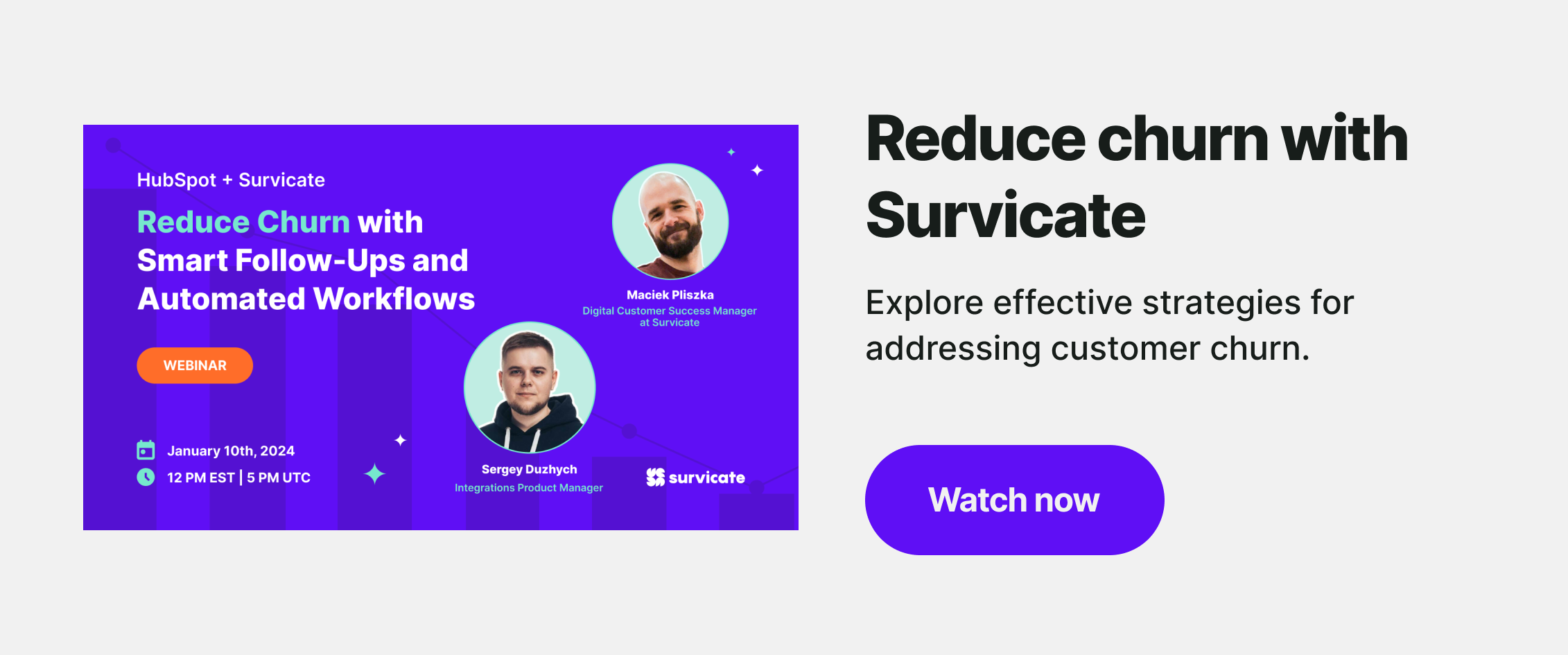
Create tiered escalation action plans
As mentioned, not all churn risks are equal. A low NPS score doesn’t always mean a client will leave, and high satisfaction doesn’t guarantee loyalty. Using ML-powered tools, you can create tiers: some risks handled automatically, others flagged for human intervention.
For example, a client signaling strong dissatisfaction could trigger a Slack alert to the CS team, while new clients with good NPS scores might be monitored for inactivity and escalated if warning signs appear.
Scott Crosby from EnCompass noticed clients leaving despite solid IT services, often feeling like “just another ticket number.” To fix this, he created focused follow-up sequences targeting specific client segments based on their technology adoption patterns.
His team reached out with personalized questions and tips, for instance checking in on new cloud migrations with guidance on performance metrics and user adoption. Crosby says this approach “reduced churn by 28% and turned clients into strategic partners rather than just service recipients.”
Closing the feedback loop fast
Customers often feel like their opinions disappear into a "black hole." When they take the time to offer feedback on your product or service, especially if they're reporting a problem, they expect to be heard.
Not only do they want to know that their message was received, but they also want to feel confident that you're taking action. Ignoring customer feedback, or failing to communicate what you're doing with it, can quickly lead to frustration and churn.
Yehor Melnykov, CEO and Co-Founder of Loio, learned this lesson firsthand. His team realized some customers were leaving because they felt their feedback wasn't being heard. To fix the issue, they built a simple system. Every piece of feedback was acknowledged within 24 hours, tagged by priority, and tied to their public product roadmap.
This level of transparency built trust, even when they couldn't immediately release a requested feature. When they did ship a requested feature, they always followed up directly with the customer who suggested it. This simple but disciplined approach helped Loio cut its churn rate and turn "at-risk" accounts into long-term advocates.
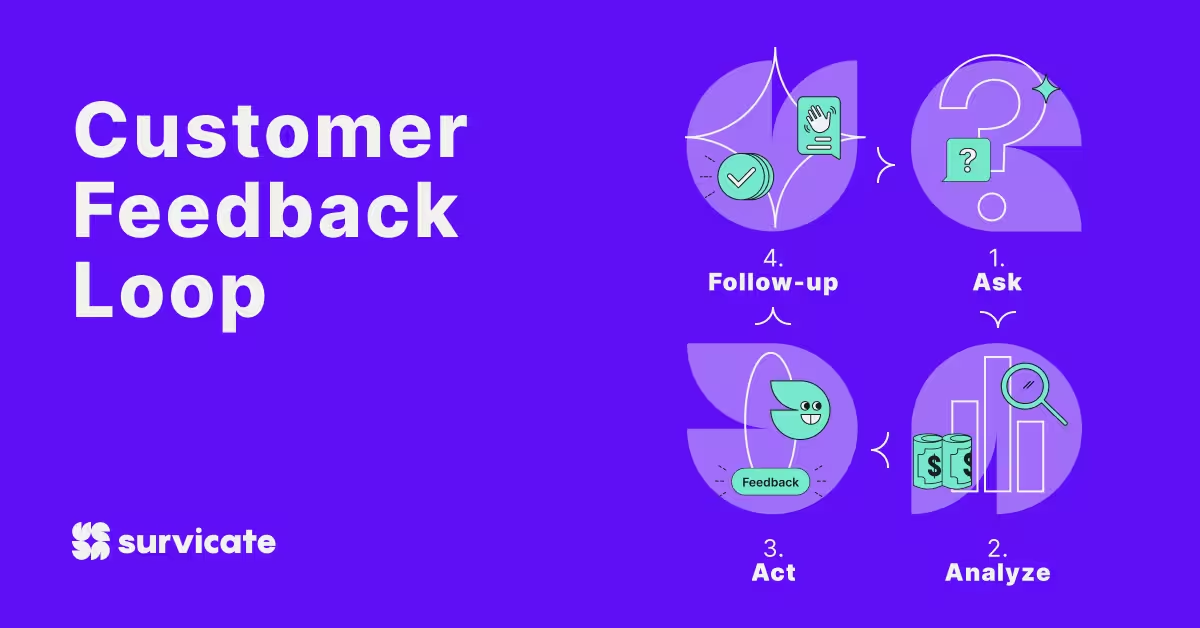
Churn prediction is a cross-team effort
Stopping churn is about teams working smarter together, not in silos. CX, Product, and Customer Success each hold pieces of the puzzle, and when those insights come together, you can spot warning signs early. You’re able to act quickly and turn churn prevention into an opportunity to strengthen relationships.
With the right approach, you can move from constant firefighting to proactive strategies that actually keep customers engaged.
Use Survicate to analyze feedback, behavior, and sentiment in one platform- and transform your data into clear, actionable retention strategies. Check out our pricing plans and start your free trial today.








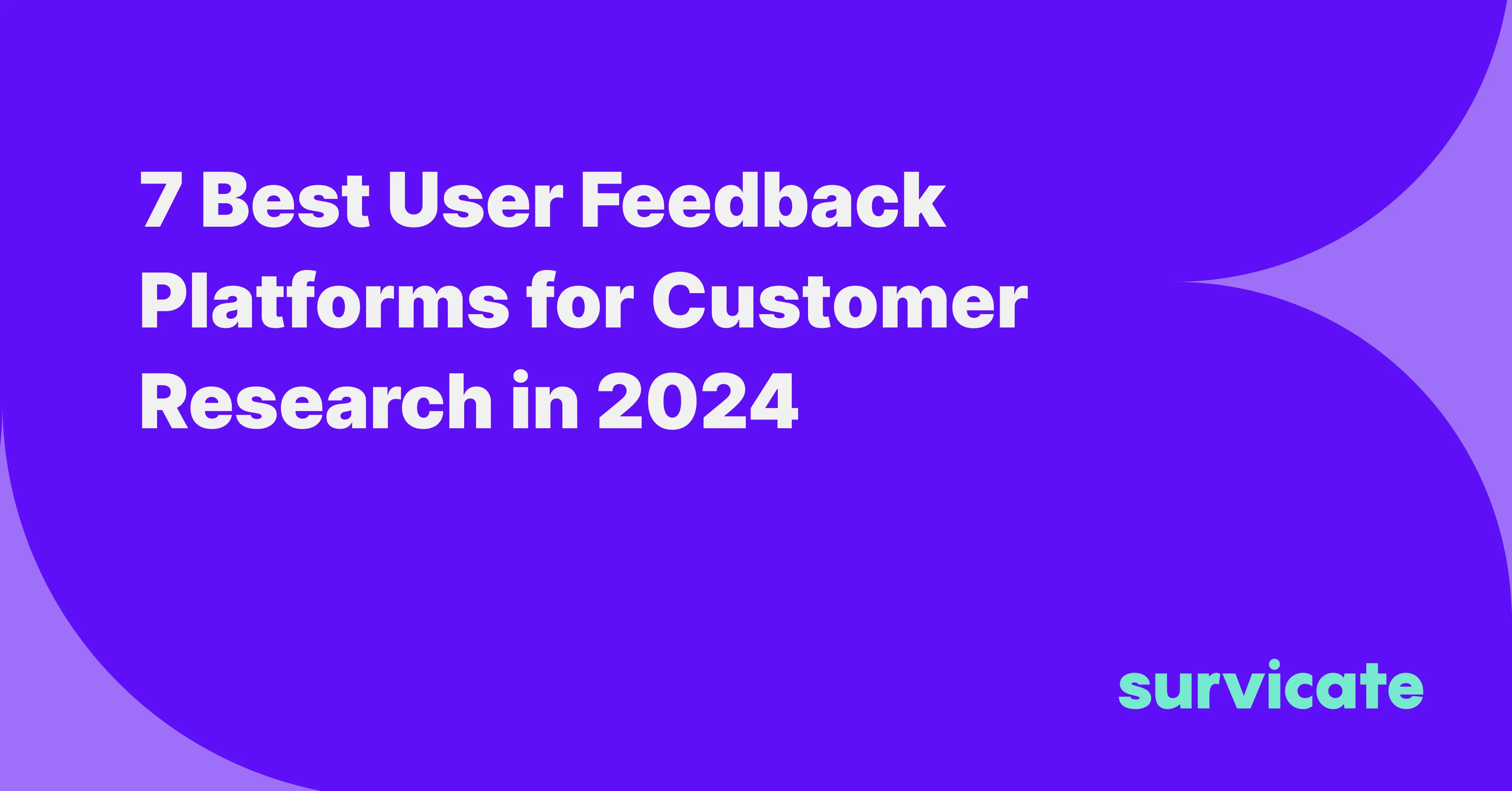
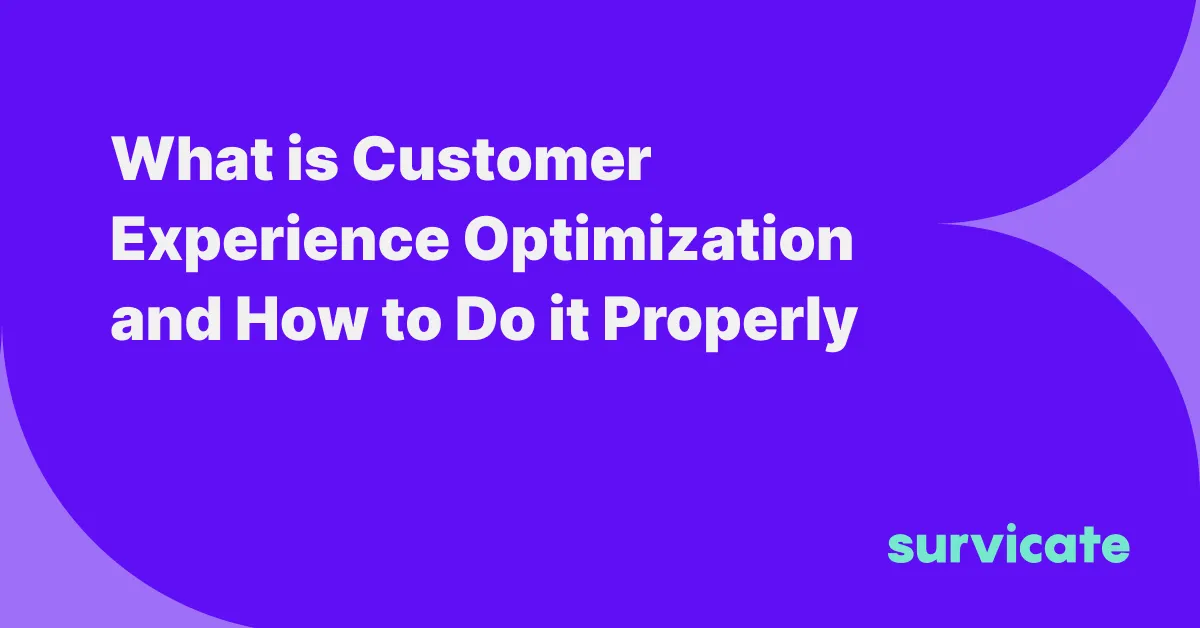

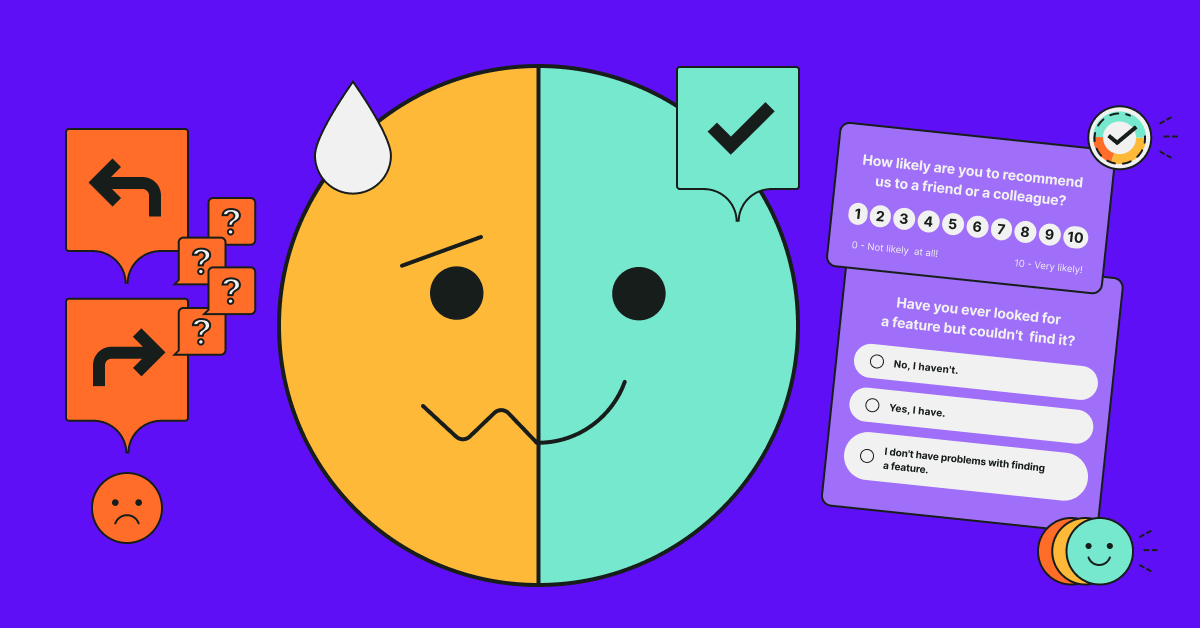
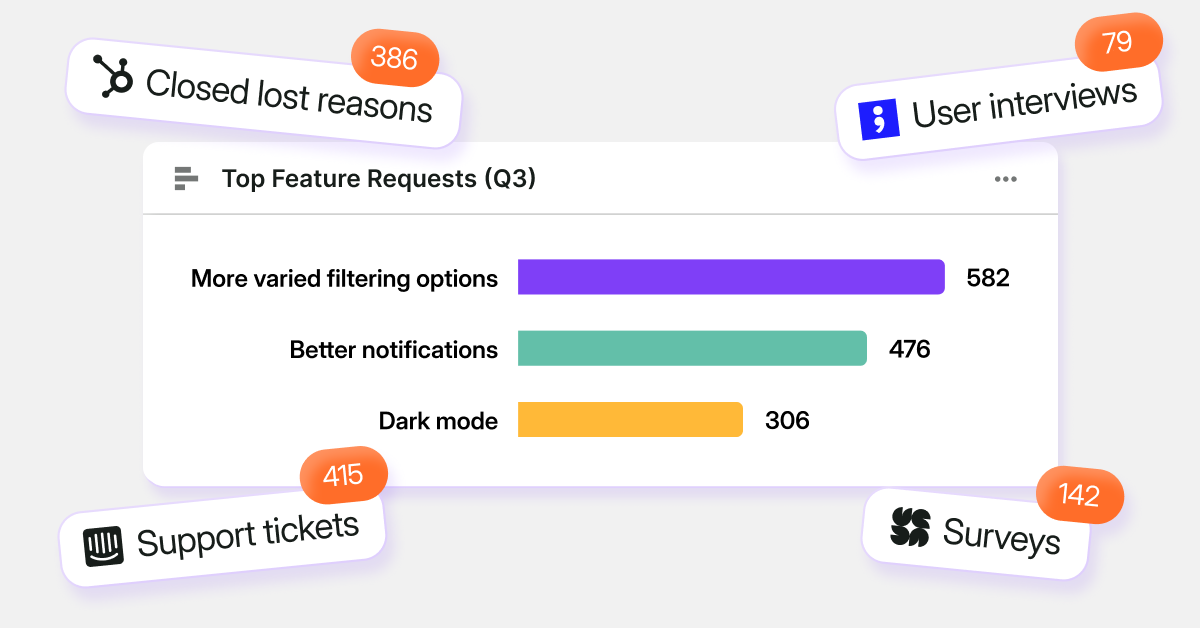
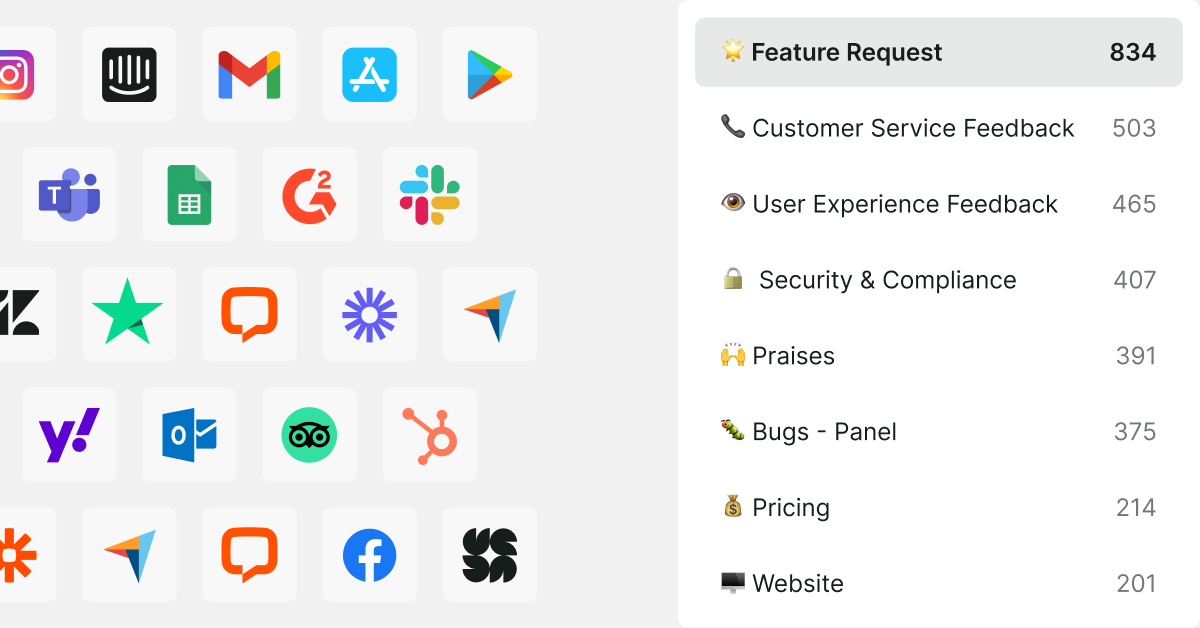
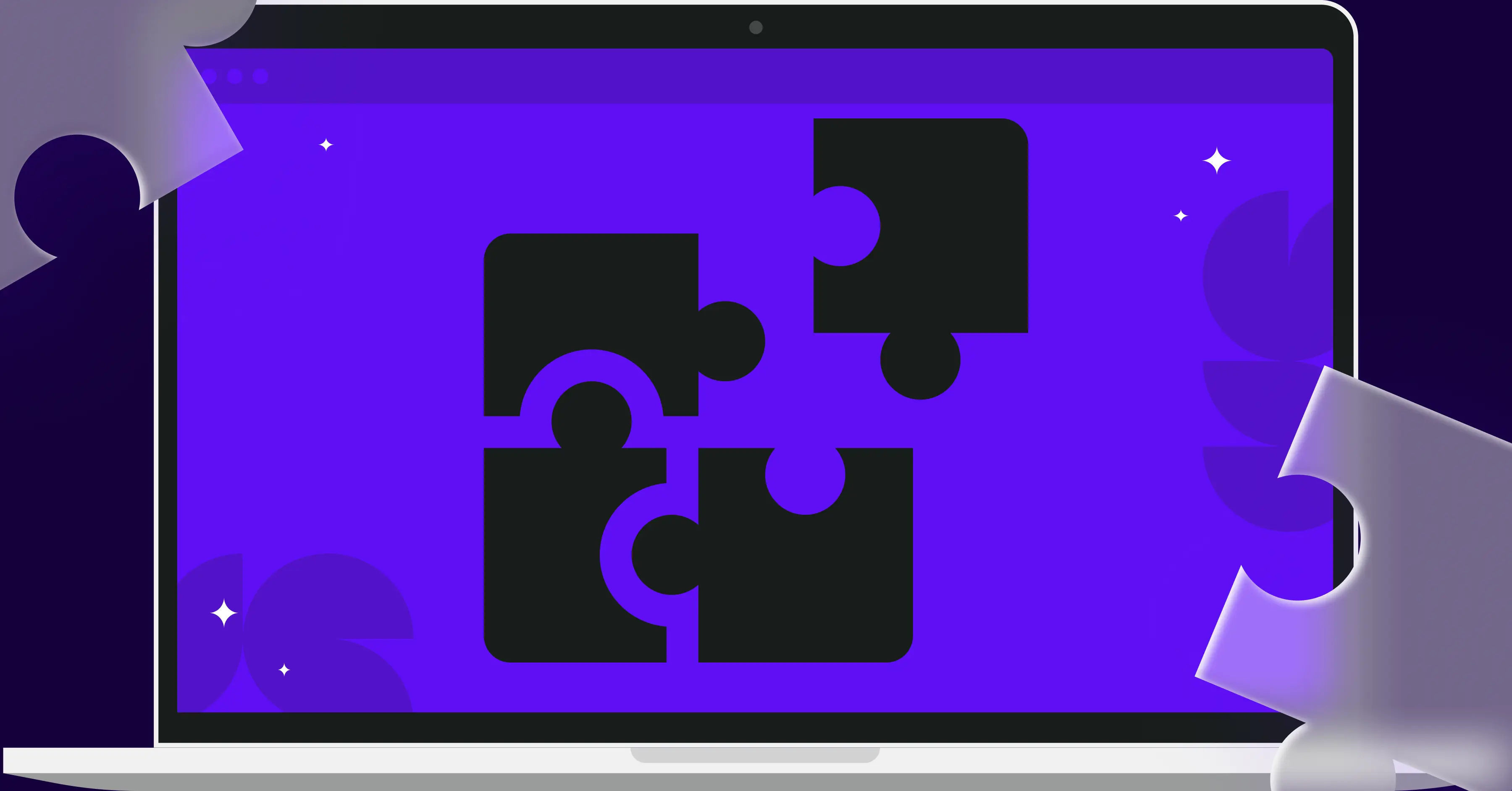
.svg)

.svg)



